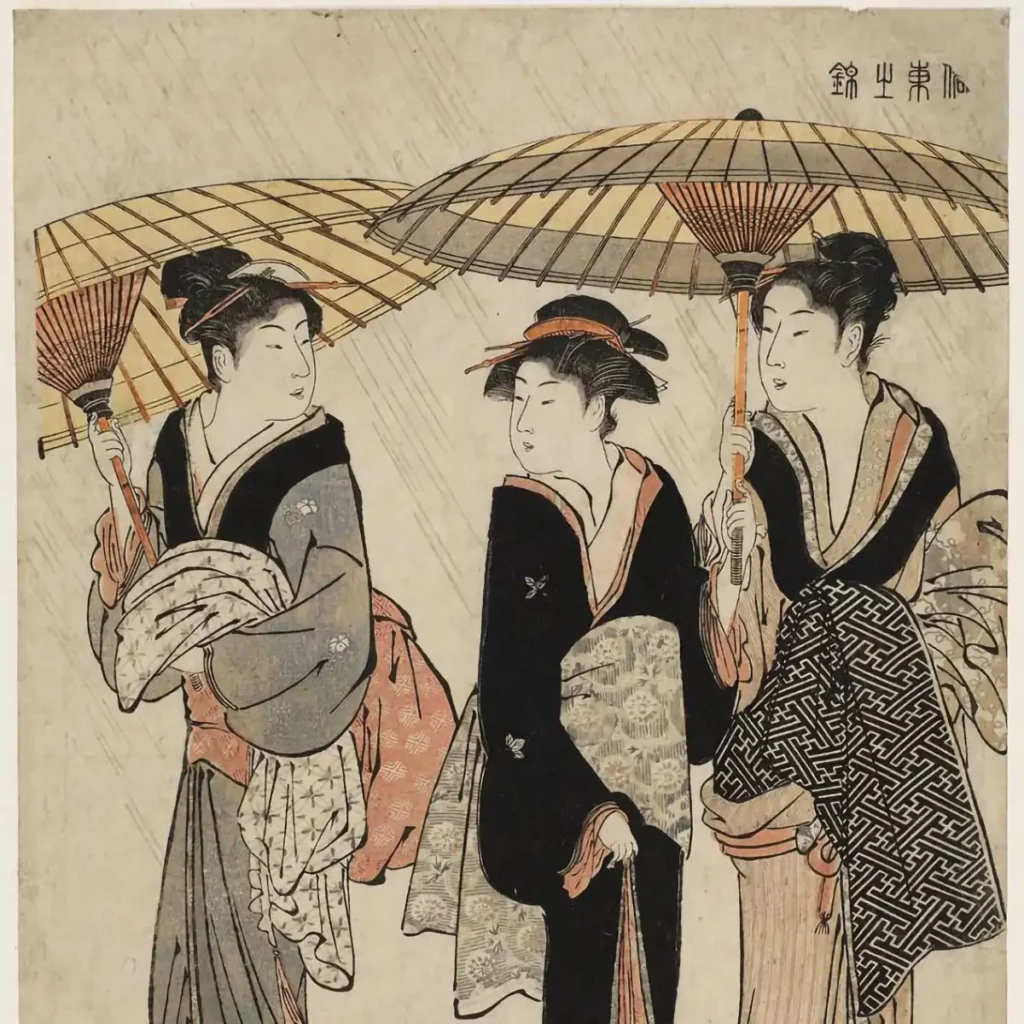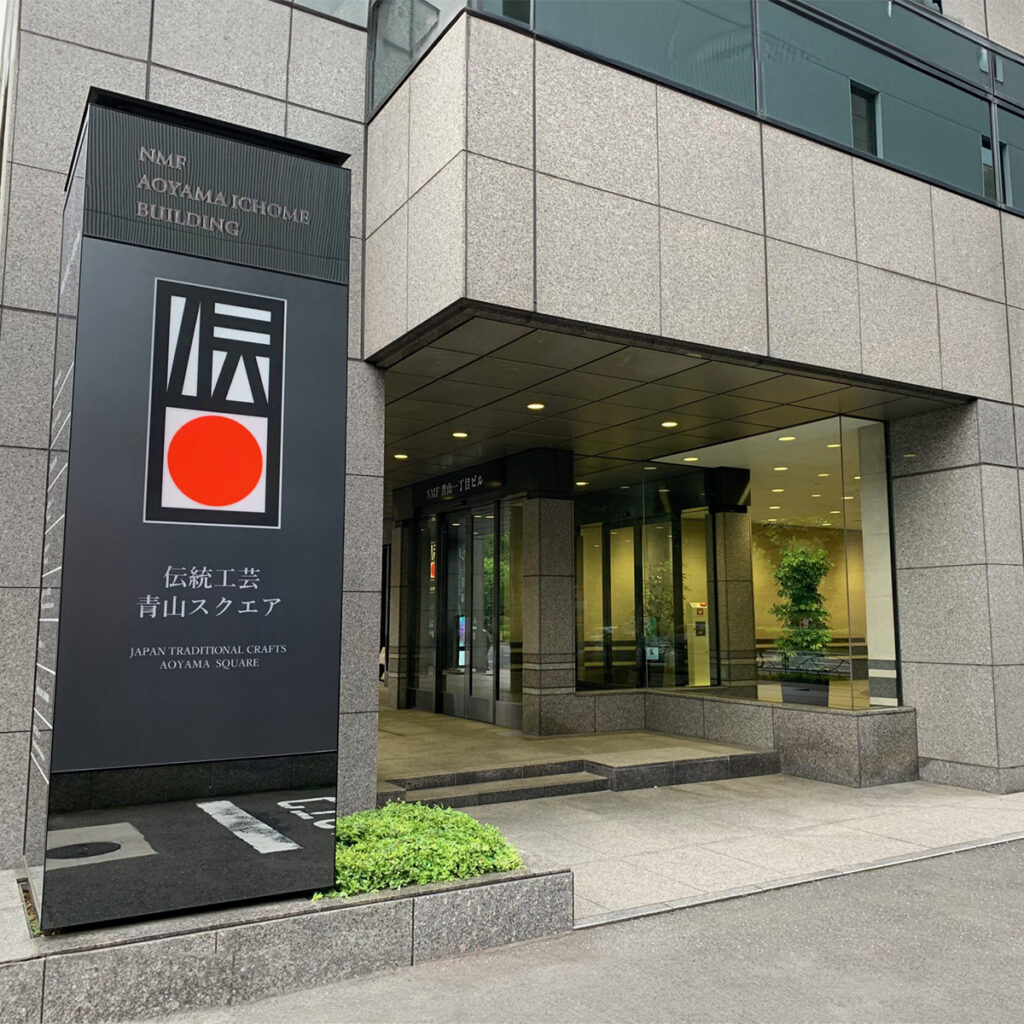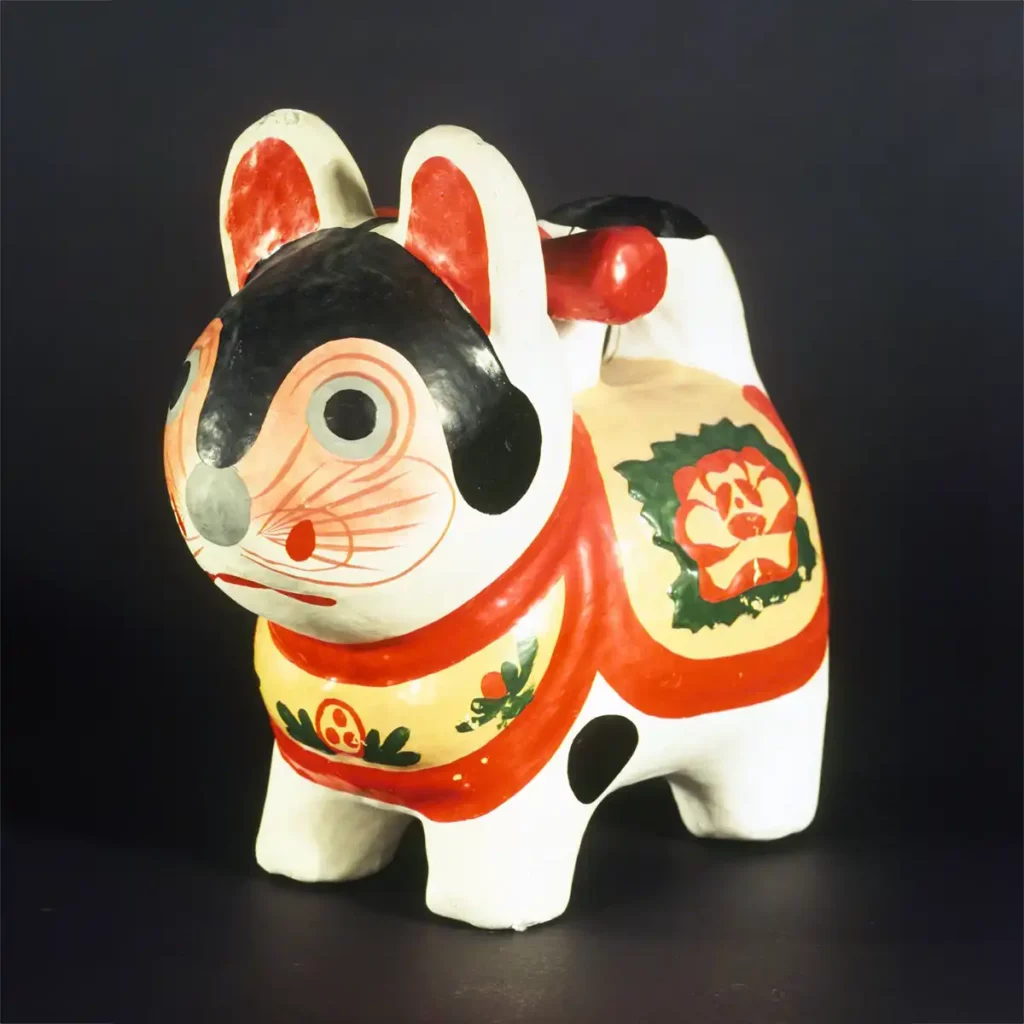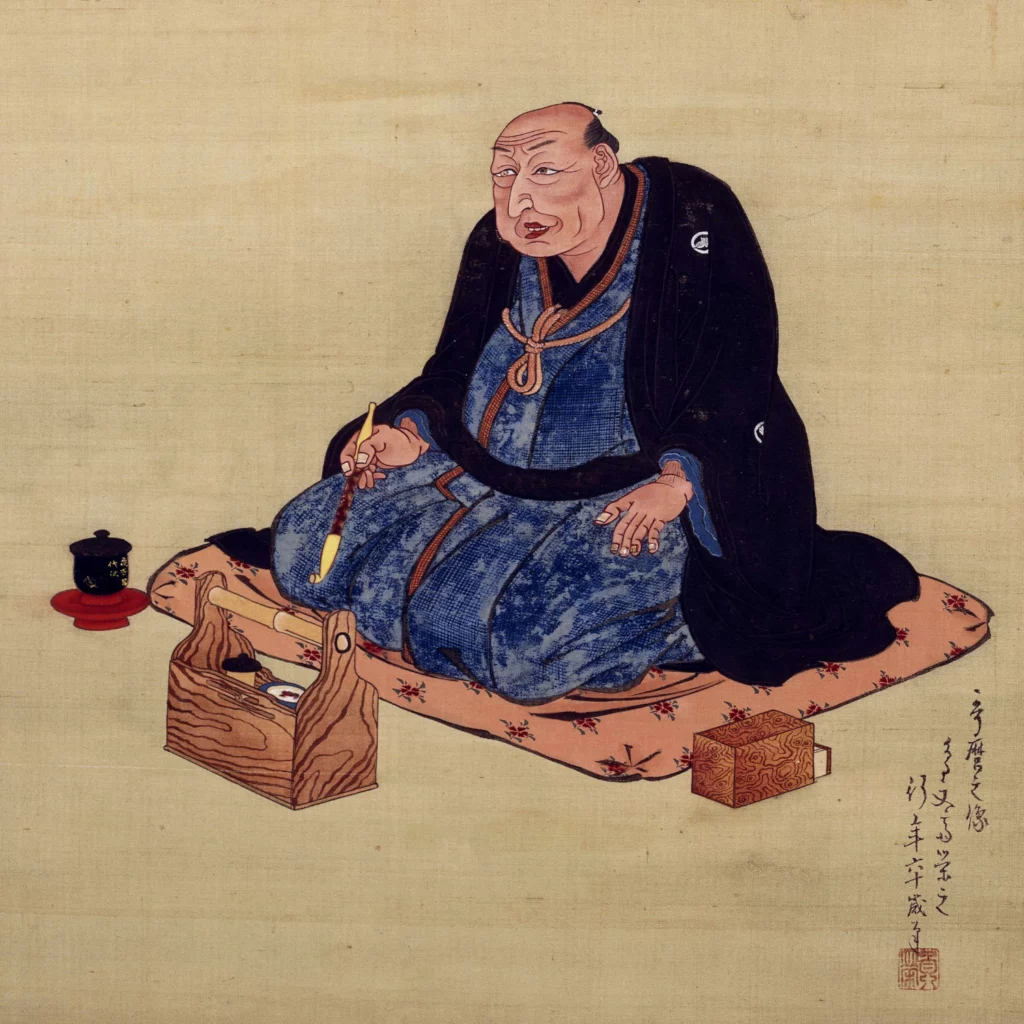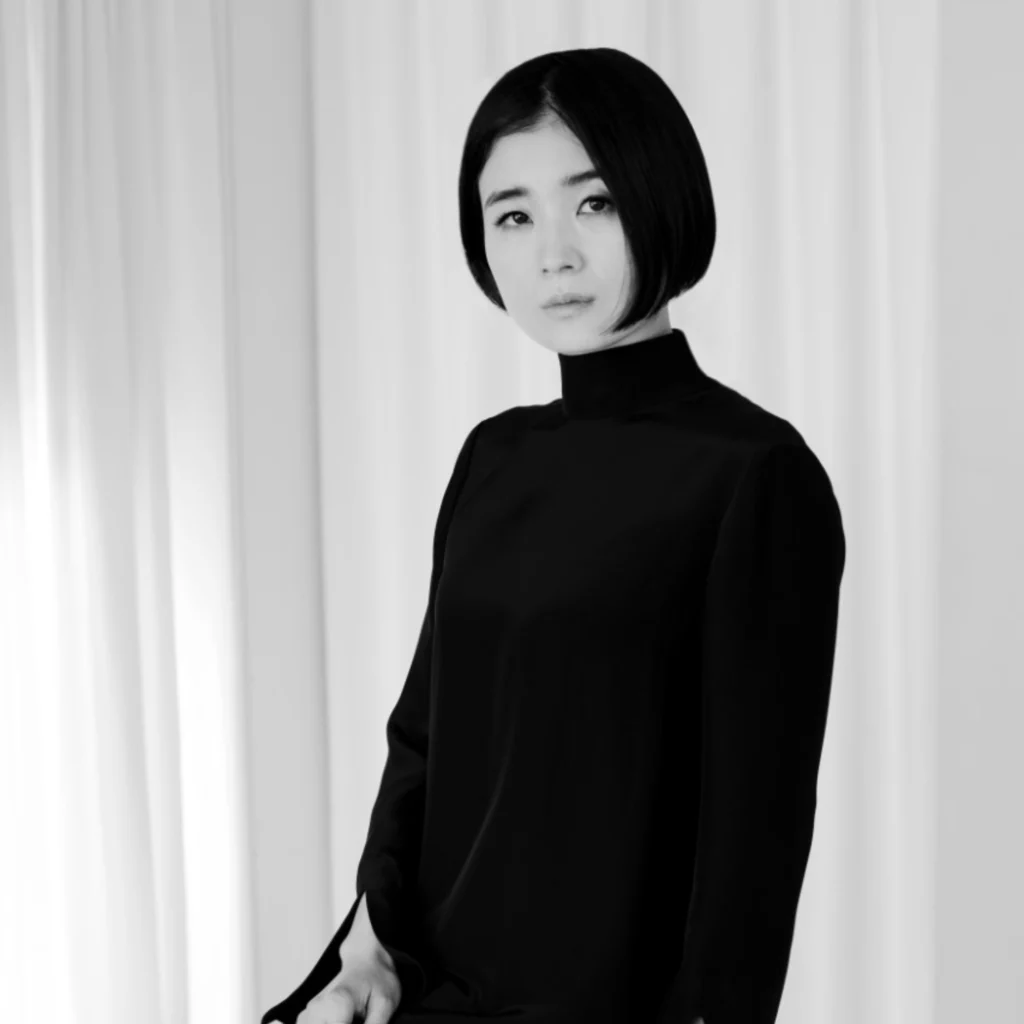Torii Kiyonaga, born in 1752 in Edo (now Tokyo), is one of the most significant figures in Japanese ukiyo-e art. It is a genre of woodcuts and paintings that flourished in Japan between the 17th and 19th centuries. The adopted son of the famous artist Torii Kiyomitsu, Kiyonaga inherited the leadership of the Torii School. This is a prestigious line of artists specializing in prints of kabuki and beautiful women (bijin-ga).
Youth and Training
Born Sekiguchi Shinsuke, Torii Kiyomitsu adopted him after the death of his biological father. Under Kiyomitsu’s tutelage, he received rigorous training. This allowed him to quickly master ukiyo-e techniques. His exceptional talent was evident at a young age, and he quickly became a respected artist in the field.
Artistic Contributions
Torii Kiyonaga is best known for his works depicting beautiful women. But he also produced numerous prints of kabuki scenes and urban landscapes. His bijin-ga are distinguished by their refined elegance, the precision of their lines, and the richness of the details. He excelled in depicting full-length human figures. With particular attention to the fashion and textiles of his time.
Among his most famous works are the series “Seirō bijin awase sugata kagami” (Beauty Contest in the Pleasure Districts) and “Shin Yoshiwara no teibō” (The Rampart of New Yoshiwara). These series capture life in the pleasure districts with unparalleled delicacy and grace. This provides valuable insight into the urban culture of the Edo period.
Style and Influence
Kiyonaga’s style is characterized by balanced compositions, graceful shapes and harmonious colors. Torii Kiyonaga was able to combine the influence of his predecessors with his own innovations, which made it possible to renew and enrich the Japanese art of ukiyo-e. Kiyonaga also had a significant impact on subsequent generations of artists. Notably Kitagawa Utamaro, who was inspired by his techniques and aesthetics.
Legacy
Torii Kiyonaga died in 1815, leaving behind a considerable artistic legacy. His works continue to be celebrated for their timeless beauty and their contribution to the history of Japanese art. Kiyonaga’s prints are prized today by collectors and museums around the world. This speaks to the enduring importance of his work.

